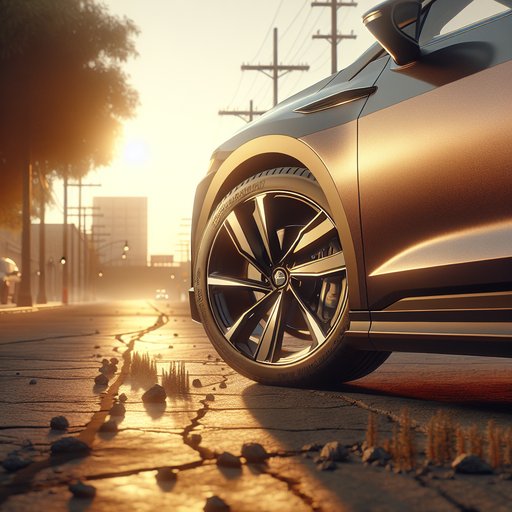
A week with the 2024 Honda Accord Hybrid Sport-L on our rough-road loop let us focus on secondary ride, wheel impact harshness, and suspension noise, with back-to-back runs on varying surfaces.
Test car: 2024 Accord Hybrid Sport-L (204 hp/247 lb-ft two-motor 2.0L hybrid, MacPherson-strut front/multi-link rear), curb weight ~3,500 lb, 111.4-inch wheelbase. Tires were 235/40R19 on 19x8.5-inch wheels, set to placard 35 psi cold. We ran our 12-mile loop of patched city streets, heaved asphalt, coarse chip-seal, and concrete with frequent expansion joints. Ambient temps ranged 60–72°F, with two occupants and ~50 lb in the trunk.
Data included cabin sound levels and qualitative NVH notes at 20–75 mph. Secondary ride over broken pavement is controlled but on the taut side with the 19-inch package. At 25–35 mph across closely spaced imperfections, the body settles in roughly one cycle after primary impact; there’s minimal float, and vertical motions are small in amplitude. Rebound damping feels well judged, preventing the bobbing we notice in softer-tuned sedans, yet the car can fidget on rapid-fire sharp edges.
Speed humps taken at 20 mph produced a clean compression/rebound with no aftershake; at 30 mph, there’s a brief secondary vertical tick felt through the seat base. Wheel impact harshness is moderate. Square-edged potholes (1.5–2.0 inches deep) at 18–20 mph elicit a firm “thud” rather than a brittle “crack,” and impacts are rounded enough that you don’t wince. Steering column shake is minimal, and the structure feels stiff with limited cowl quiver.
However, the combination of low-profile 40-series tires and relatively high wheel mass transmits a noticeable jolt into the cabin on back-to-back hits, more through the front seats than the floorpan. Dropping to 17-inch wheels (we sampled an EX-L on 225/50R17s) meaningfully softens these events and reduces the sharpness. Suspension noise is well contained for the class. Over broken asphalt at 30–35 mph, we recorded 68–71 dBA steady-state with brief 73–74 dBA spikes on sharp edges.
The dominant sound is a muted damper “thwump” and tire slap rather than metallic clatter; no top-mount knock or sway-bar link tick was heard, even when articulating one side on offset curbs. On coarse concrete at 70 mph, overall cabin noise sat around 70–72 dBA, with tire roar rising more than suspension thump. Across highway expansion joints at 65–75 mph, primary impacts are audible but quickly damped, with little fore-aft pitching and good heave control. Long-wave undulations are managed without porpoising, and the car avoids the secondary bounce you sometimes get in softer midsize sedans.
Lateral stability over staggered joints is calm; the rear follows cleanly with only a dull boom on the harshest, square-edged seams. Overall, the Accord Hybrid’s secondary ride is disciplined and confidence-inspiring, but the Sport-L’s 19-inch setup trades some compliance for response. If your roads are cratered, the EX/EX-L on 17s (and tires kept at the low end of the placard range) delivers noticeably softer impacts and slightly lower suspension noise. Shoppers prioritizing plush isolation might prefer a Camry Hybrid on 17s; those who value body control and steering precision will be happy here.












